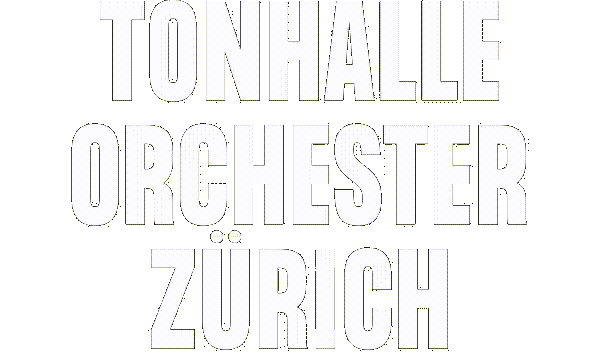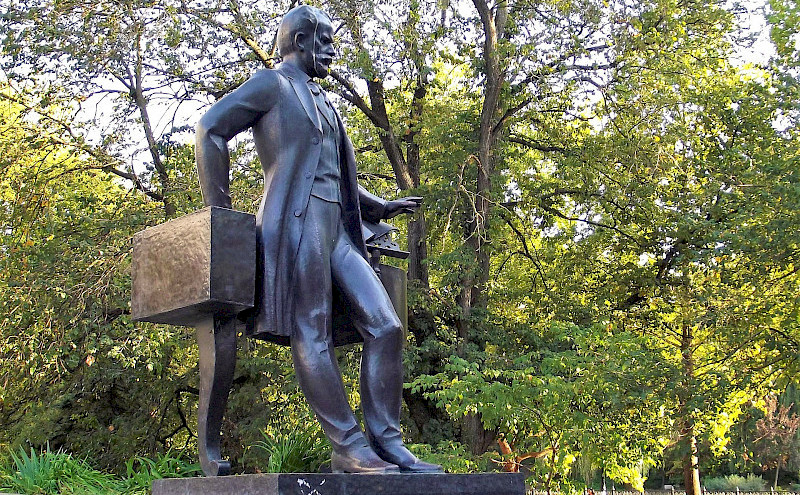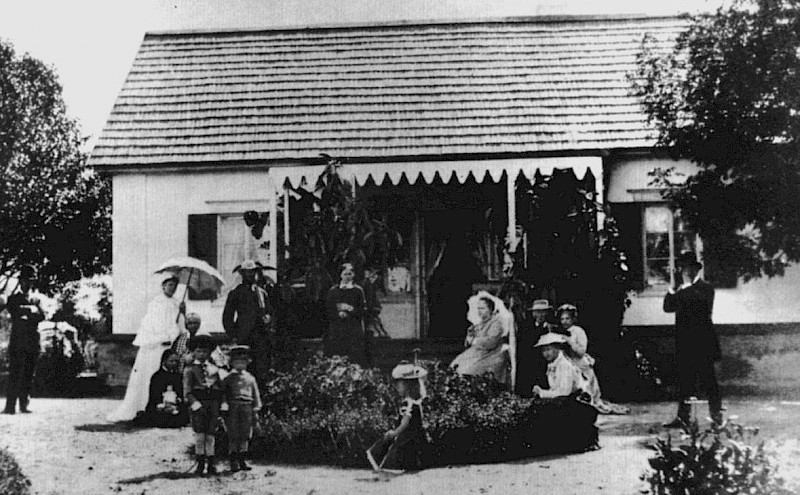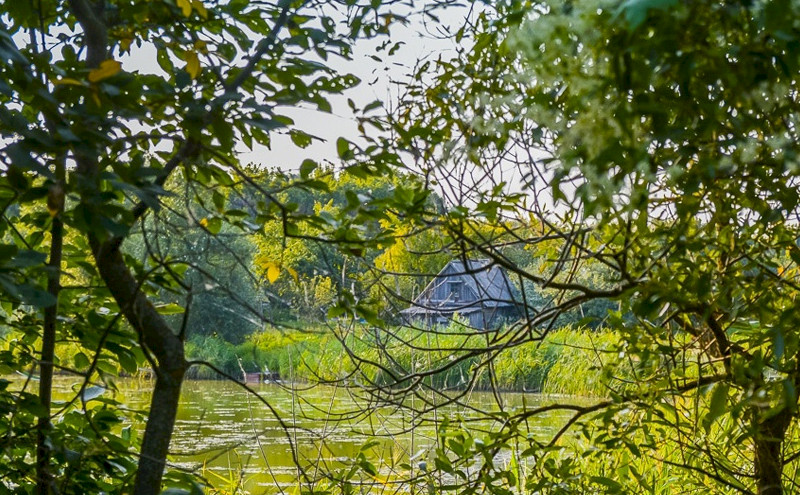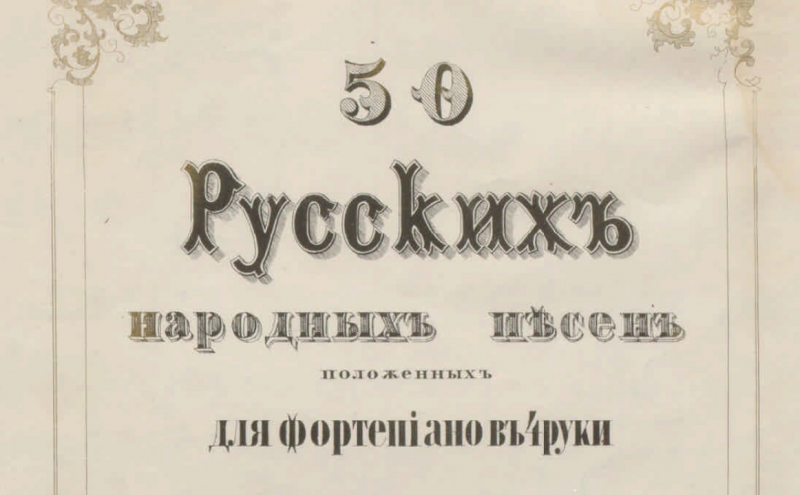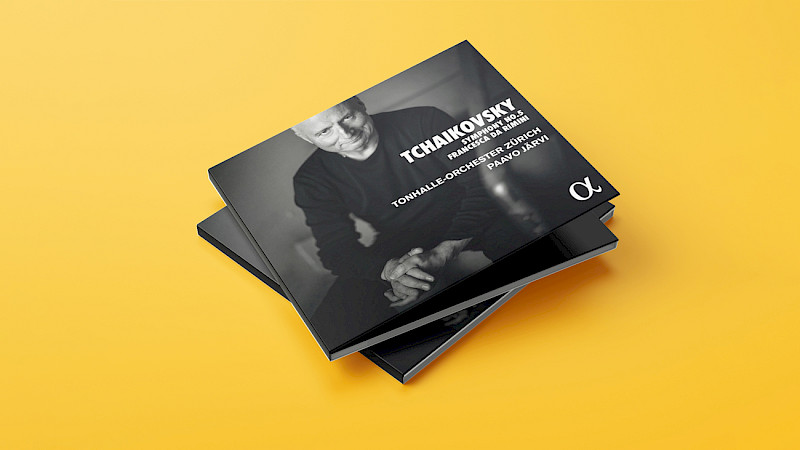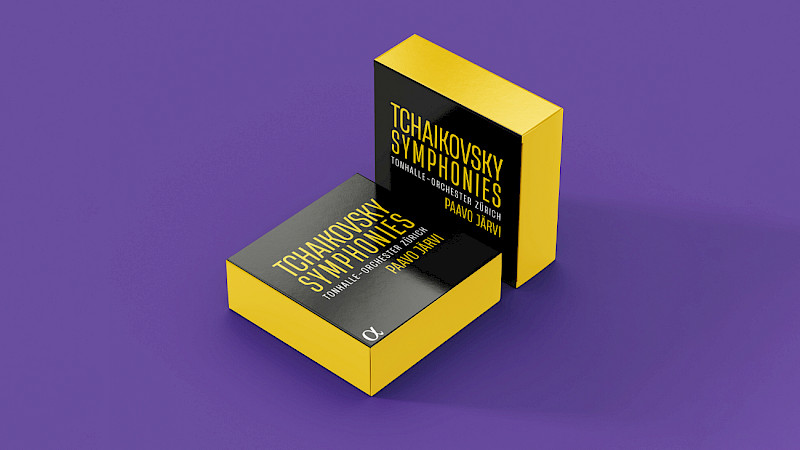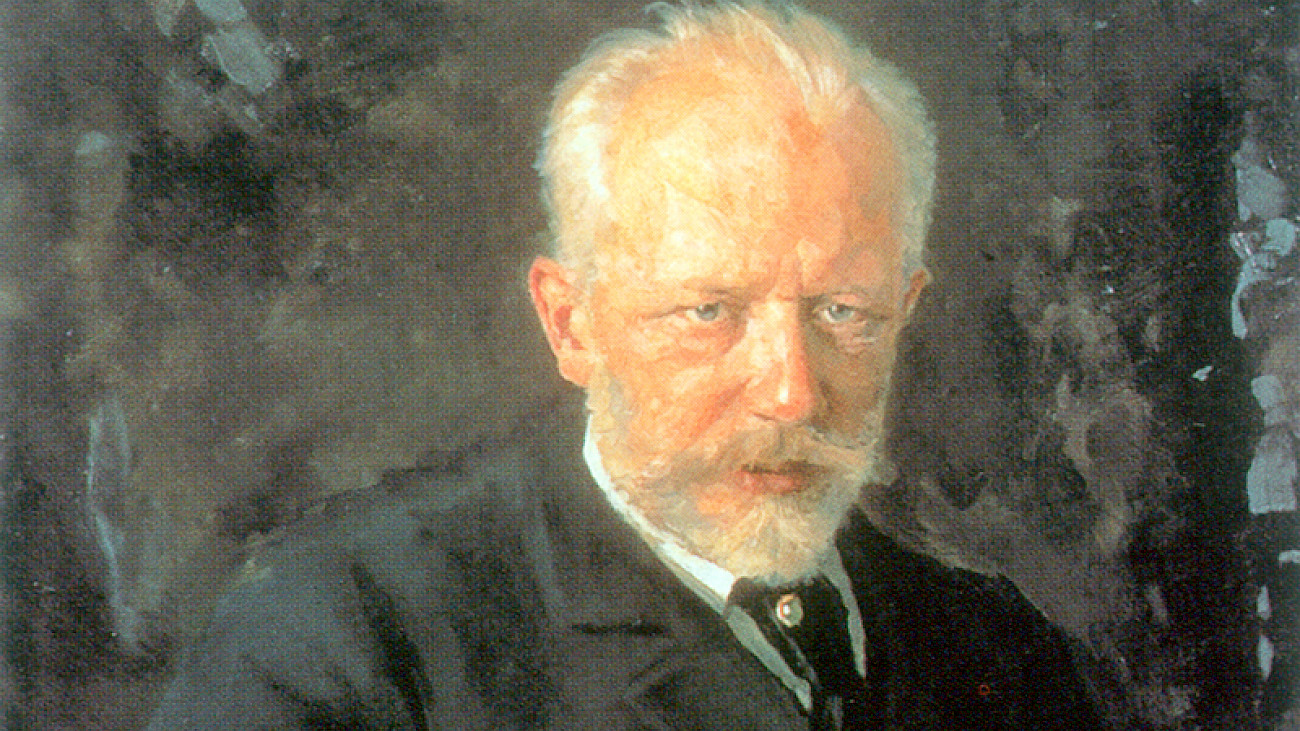
Folk music in a symphonic guise
How do you create a national musical language? What does home sound like? How do you embed folk music in art music?
These were questions that long preoccupied Tchaikovsky - and to which he found several answers in his Second Symphony. A discovery tour of folkloristic influences.
"It is a work of European calibre, and I would expressly add that it stands head and shoulders above all of Mr Tchaikovsky's earlier compositional attempts [...] the remarkable beauty of the symphony's other movements is decisively surpassed [...] by the bold and sublime finale." Added to this is Tchaikovsky's "extraordinarily subtle and lively feeling for the healthy and magnificent simplicity of our folk song".
With his words of praise, the critic Herman Laroche summarised the success factors of Tchaikovsky's Symphony No. 2, which was premiered to great acclaim in 1873:
- Use of folk songs
- 'beautiful' music
- a sophisticated compositional attitude orientated towards Western Europe
The last movement epitomises this vividly. After a sublime introduction, Tchaikovsky presents a simple theme from folk music, which he then turns into a formally balanced movement in the manner of Western art music. No wonder Laroche was not the only one to favour it - and Tchaikovsky was the first to compose it.
The theme that Tchaikovsky uses comes from the Ukrainian folk song "The Crane", which is still widely known today.
The symphony can be called "Little Russian"
The origin of the folk song from the fourth movement leads directly to the symphony's subtitle. It comes from Nikolai Kashkin, a friend of Tchaikovsky, who stated: "The main theme of the last movement is [...] a popular Little Russian".
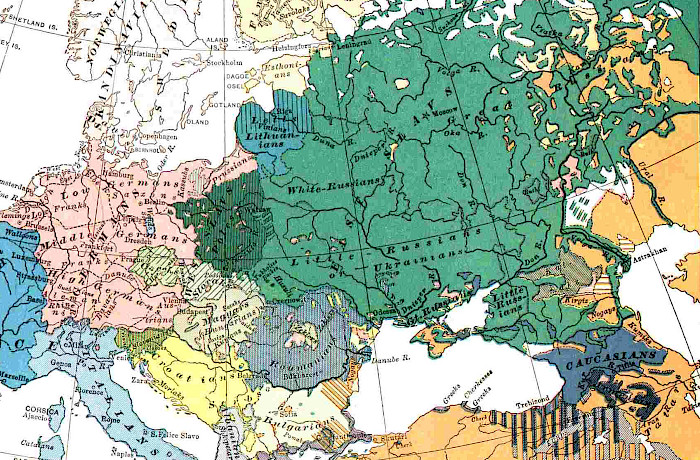 on this "Racial Map" from 1923, the designation "Little-Russians or Ukrainians" (Map: commons.wikimedia.org)
on this "Racial Map" from 1923, the designation "Little-Russians or Ukrainians" (Map: commons.wikimedia.org)
Little Russia? This was the name given to Ukraine, which was part of the Russian Empire at the time. Tchaikovsky often spent time on Ukrainian territory, partly because his sister Alexandra owned a manor house in Kamyanka. It was here that he began composing the Second Symphony. The inspiration for the "Little Russian" theme is inextricably linked to Kamyanka: According to his own account, the servant there, Pyotr Gerasimovich Kozidub, sang the melody (in a different guise) when Tchaikovsky was there. Tchaikovsky even referred to him as the "author" of the last movement.
"You have probably learnt about my symphony from the newspapers; I will add on my own initiative that it was a great success, and 'Zuravel' [the finale] in particular was very well received. I do not attribute the honour of this success to myself, but to the actual author of the aforementioned composition, Pyotr Gerasimovich [Kozidub], who constantly approached me and sang to me while I was composing and playing the 'Crane' ..."
-
Letter from Tchaikovsky to his brother Modest dated 13.02.1873
"The whole company almost tore me to pieces with enthusiasm"
The fact that Tchaikovsky used a Ukrainian folk song in the finale also delighted the members of the "Mighty Circle" - the group of Russian composers around Mili Balakirev who were in favour of establishing an independent Russian art music. On 26 December 1872, Tchaikovsky played the last movement of the 2nd Symphony on the piano for the circle. The "innovators" of Russian music were delighted to discover that Tchaikovsky had realised two important ideals that they were also pursuing:
- Popularity through the use of folk music
- pictorial, programmatic character through the suggestion of folk life
The use of a Ukrainian theme was also a political message in the eyes of the "Mächtiges Häuflein", as "Little Russia" was thus also culturally part of the Russian Empire. In fact, Tchaikovsky's Symphony No. 2 actually brings together Ukrainian and Russian folk songs, with the latter also appearing in Ukrainian variants.
Tchaikovsky used the songs as the basis for large parts of his composition, in which the generally Russian folklore is absorbed into the formally Western-inspired art music. This last point would later be criticised by members of the "Mächtiges Häuflein".
Folk music in the 2nd Symphony
Ukrainian folk music
The first movement begins with an introduction based on the Ukrainian version of the Russian folk song "Mütterchen Wolga hinab". In the course of the movement, Tchaikovsky integrates the melody introduced separately at the beginning into the musical structure.
Russian folk music
For the 2nd movement, Tchaikovsky used the Wedding March from his opera "Undine" (Tchaikovsky discarded the opera, composed in 1869, the following year and destroyed the corresponding sheet music). The melody of the middle section is taken from the Russian folk song "Spider, my spinner" ("Prjadi, moja prjaka"). Tchaikovsky had previously arranged this song in a version for piano four hands (in the "50 Russian Folk Songs for Piano Four Hands" from 1868/69). Thanks to the 2nd Symphony, the symphonic version of this song has been preserved.
Further information on Tchaikovsky and Ussovo can be found here.
Discover more
In the Tchaikovsky section you will find concert recordings and more information about the Tchaikovsky cycle.
